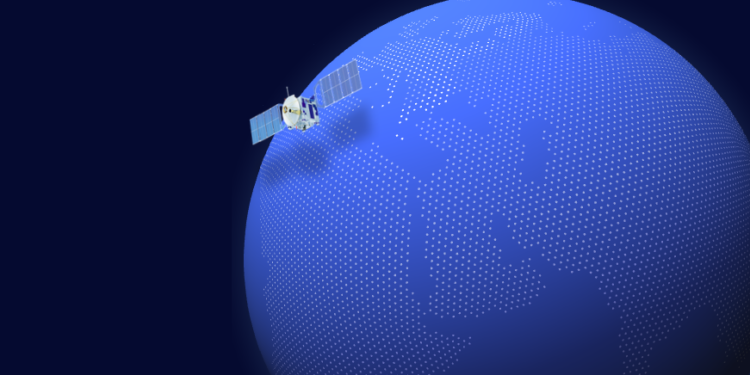Brussels – Satellite observation of Earth for civilian purposes and beyond, why not? The European Union is starting to think about the possible military use of Copernicus, the EU program to monitor the planet from space. The European Commission will work together with industry on a feasibility study, with Italy leading the new space race.
The XVIth European Space Conference was the official launch pad for the new European project and the official announcement. As the leader of a consortium of European companies, Telespazio signed a contract with a self-explanatory name: ‘Study on potential EU Earth-Observation services for governmental use’. Copernicus will develop the Earth observation services. Government use translates to security and defense.
“The aerospace sector is increasingly important in times of tensions and uncertainties,” said Paraskevi Papantonou, head of the Space policy unit in the European Commission’s Directorate-General for Industry and Space (DG Defis). This is why the EU decided to start reflecting on the feasibility of a service in the field of security and defense capable of exploiting the heterogeneous multitude of available data, including data provided by the European Union’s Earth observation satellites: an initiative that responds to the need for a truly common space policy.
Telespazio (Italy) will lead the consortium that includes Airbus (France), e-GEOS (Italy), Geoville (Austria), Hisdesat (Spain), Leonardo (Italy), PWC (France), and Thales Alenia Space (Italy). The consortium will make use of “highly qualified” sub-suppliers such as Constellr (Germany), DefSecIntel (Estonia), Endurosat (Bulgaria), GAF (Germany), Hensoldt Analytics (Austria), ISDEFE (Spain), Planetek Hellas (Greece), Preligens (France), Spacemetrics (Sweden), Telespazio France (France), and Thales Alenia Space (France).
The contract represents the first preparatory phase, ending with the current community budget cycle. Eventually, the more operational second phase will start in 2028. This first phase will enable the EU Commission to evaluate different technical and planning options for the potential development of the service within the EU’s 2028-2034 multiannual financial framework.
The signing of the contract was in the context of the Telespazio #T-TeC awards, the competition for the most innovative project, now in its fifth edition. In the Prototype category, reserved for the most mature projects, the 10,000-euro prize went to the “Estesia” project (The Autonomous University of Barcelona, Barcelona Institute of Science and Technology, Adolfo Ibañez University, Santiago, Chile) for the use of satellite data to optimize water resources used to extract lithium.
Second place went to the “IDRA” project (Polytechnic University of Turin) for an innovative robotic arm made of “inflatable” material, which allows the arm to operate under special conditions, making it more versatile in orbiting services. The third prize went to the”Hydrogen Peroxide Propulsion for Satellites” project (Delft University of Technology, Netherlands), to use hydrogen peroxide as a satellite propellant. In the Idea category, the 5,000-euro prize went to the “DELUNERY” project (Federico II University of Naples) for a system capable of positioning small satellites in orbit around the Moon from a platform in lunar orbit, to make the release of these satellites routine as the positioning of satellites in Earth orbit.
English version by the Translation Service of Withub




